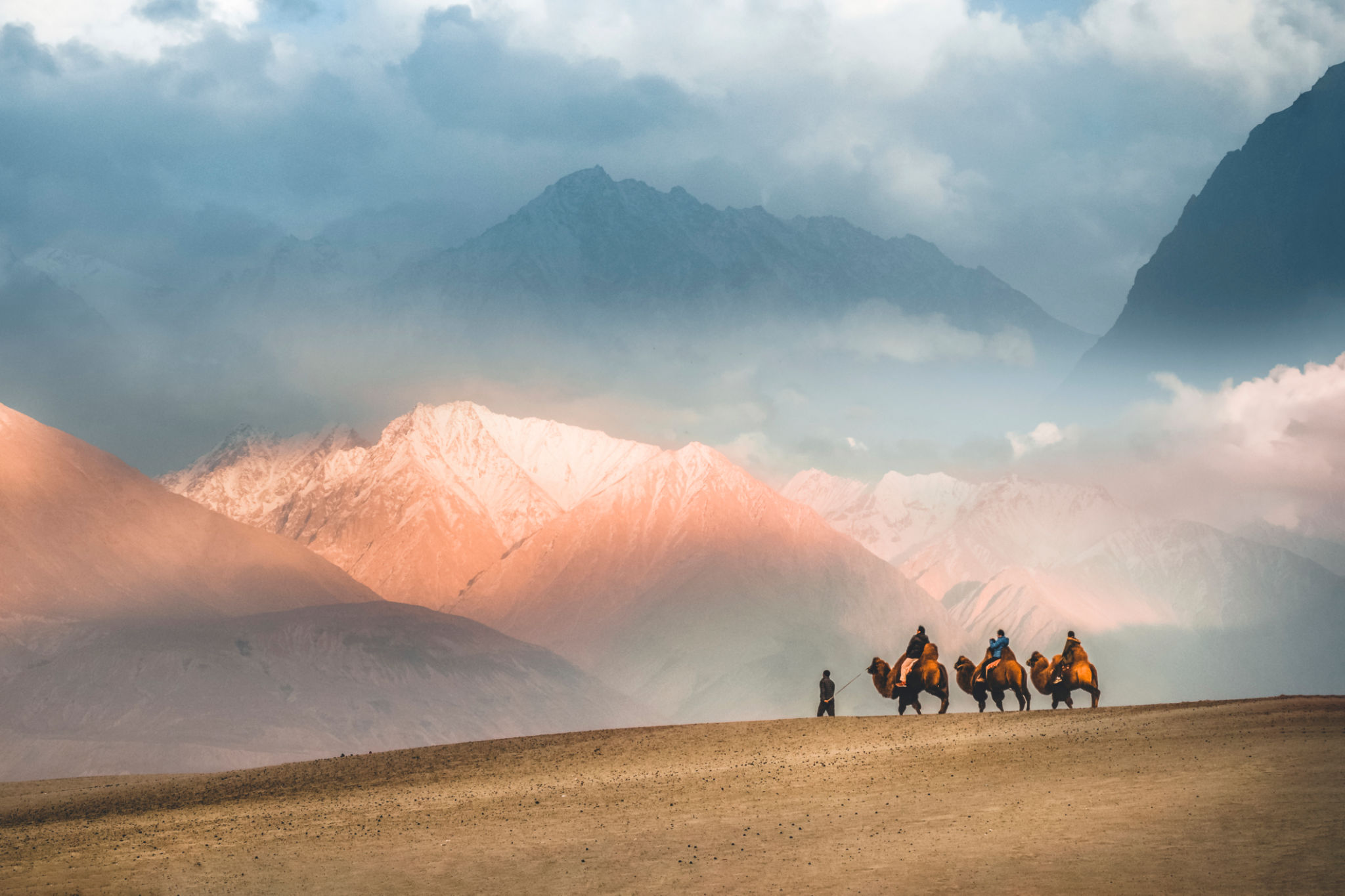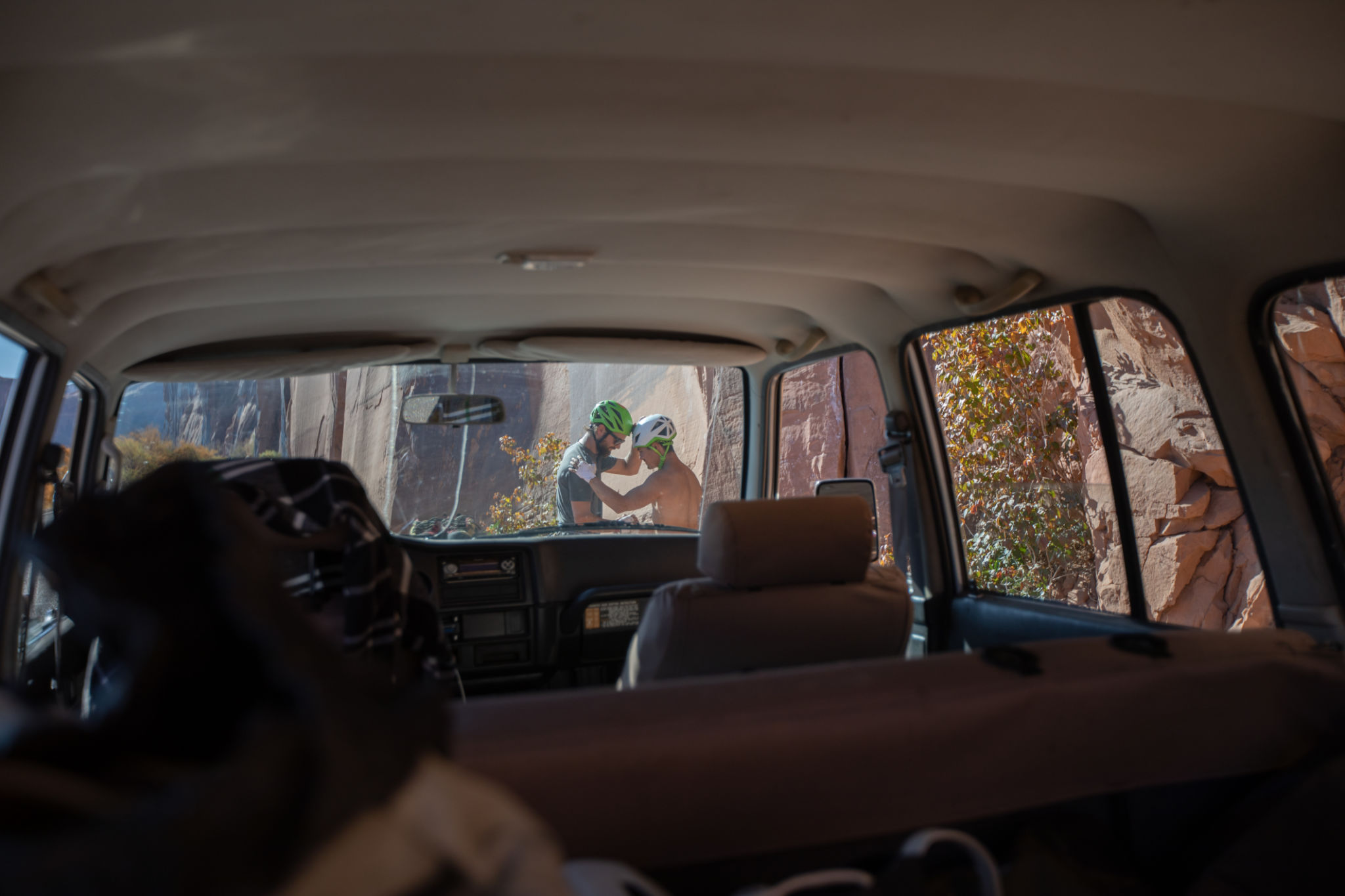Surviving the World's Largest Sand Desert: Lessons from the EQRUN Exploration
The EQRUN Exploration: An Unprecedented Journey
Navigating the vast, barren expanses of the world's largest sand desert is no small feat. The EQRUN Exploration team embarked on an ambitious journey to traverse this formidable landscape. Their experiences offer invaluable lessons for adventurers and survival enthusiasts alike.
Stretching across the Arabian Peninsula, the Rub' al Khali, or "Empty Quarter," is a relentless sea of sand dunes and harsh conditions. The EQRUN team faced extreme temperatures and unpredictable weather, testing their resilience and adaptability.

Preparation: The Key to Survival
Meticulous preparation was crucial for the EQRUN Exploration. The team spent months planning every detail of their expedition, from logistics to emergency protocols. Here are some key aspects they focused on:
- Route Planning: Detailed maps and satellite imagery helped identify potential challenges and safe resting points.
- Supplies: Adequate food, water, and medical supplies were essential, with contingency plans for replenishing these resources.
- Training: Physical and mental preparation ensured the team was ready for the desert's demanding environment.
The Challenges of Extreme Weather
One of the most daunting aspects of the Empty Quarter is its unpredictable weather. Temperatures can soar during the day and plummet at night. Sandstorms are a constant threat, capable of disorienting even the most experienced navigators.
The EQRUN team learned to read the desert's subtle signs, such as wind patterns and cloud formations, to anticipate weather changes. This knowledge allowed them to adjust their schedule and conserve energy during the hottest parts of the day.

Navigational Strategies: Finding Your Way
In a landscape with few landmarks, traditional navigation methods are often ineffective. The EQRUN team relied on a combination of modern technology and ancient techniques to stay on course. GPS devices provided real-time location data, while celestial navigation offered backup in case of technology failure.
They also used natural indicators like the position of the sun and stars to guide their path. This blend of old and new ensured they remained oriented throughout their journey.
Team Dynamics: The Human Element
Surviving in such an extreme environment requires not only physical endurance but also strong team dynamics. The EQRUN team emphasized open communication and trust among its members. Each person had a specific role, ensuring that responsibilities were clearly defined and efficiently executed.
Regular check-ins and morale-boosting activities helped maintain a positive atmosphere, crucial for enduring the mental strain of the expedition.

Lessons Learned: Adaptability and Innovation
The EQRUN Exploration taught valuable lessons about adaptability and innovation. Flexibility in the face of unexpected challenges was key to their success. By remaining open to change and creatively solving problems, the team overcame obstacles that might have halted less prepared adventurers.
This journey through the world's largest sand desert serves as a testament to human ingenuity and resilience. The lessons learned by the EQRUN team continue to inspire those who seek adventure in the most unforgiving environments on Earth.
